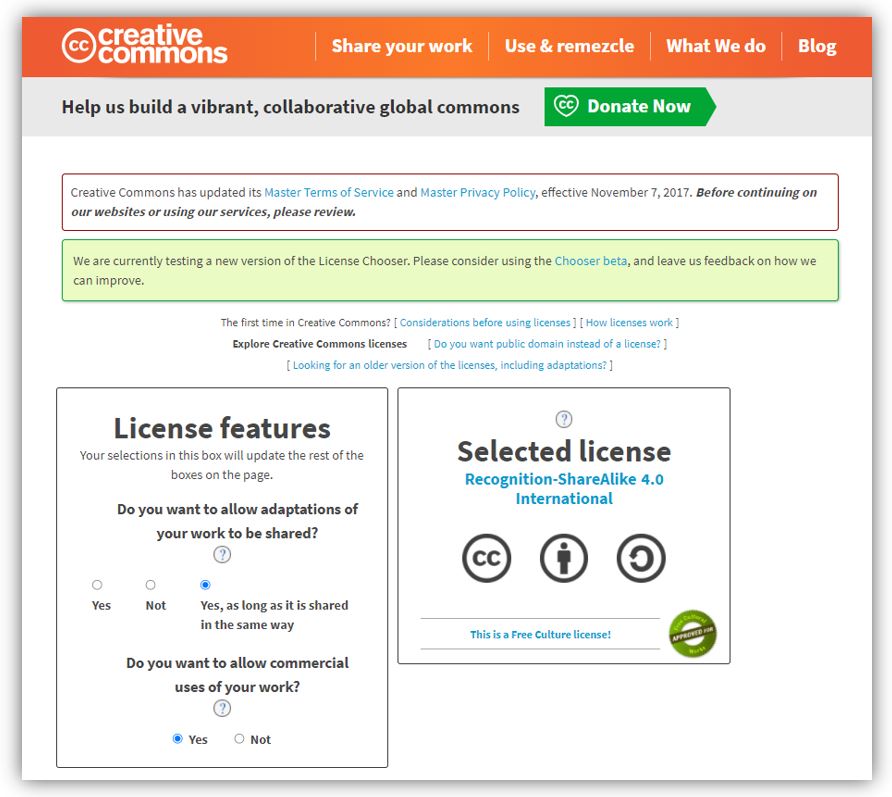WEEK 17
- 1.-Introduction: GiveMe Tronics
- 2.-Intellectual Property GiveMe Tronics
- 3.-Slide
- 4.-Presentation: Video
- 5.-Experience and conclusions of the week 14
Invention & Intellectual Property
Fab-Weeks
Are you looking for my assignments?
Links and notes
more information:
Week 17: Invention & Intellectual Property:
1.- Introduction: GiveMe Tronics
The objective of my final project, GiveMe Tronics, is to create an electronic dispenser of electronic components to be able to use it in the Fablab SediCup-CT and to control the number of electronic components that are available to use, to report on the price of each one of them, have access to a link with quick information about each component, etc.
The operation of the first version is simple; it has 10 levels to insert 35 electronic components in each of them. The tiers can be easily removed and attached, to be recharged with more components or to make a dispenser with fewer tiers, or more tiers, depending on the user's need.

The firmware installed in the microcontroller acts as a web server and through an IP address, the control web can be accessed with the information of the component at each level and the button to dispense it.
By pressing a button on the web to dispense a component, the stepper motors are activated to go to the desired level, rotate the dial of each level and dispense a component. When turning on the device, it always goes down to the limit switch to self-calibrate and be able to move correctly to the desired height.
2.- Intellectual Property GiveMe Tronics:
The idea of my GiveMe Tronics project is to create an Open Source Project, which is open to everyone, both the parts and the programming part, on the condition that anyone can replicate it, make their adaptations, improvements and versions and the share in the same way.
I think that, with this philosophy, GiveMe Tronics is a project that may have an interesting evolution.
As a summary of the concepts about ownership for projects, I am going to put the following definitions:
“Intellectual property is the property right associated with any creation of the human mind that protects the rights of the authors of any work of a scientific, literary or artistic nature. The intellectual property of a work corresponds automatically to its author by the fact of its creation. "
“Patents protect inventions. They give the creator or inventor exclusive rights that prevent other people from making, using, or benefiting in any way from an invention or creative innovation, without the inventor’s consent.”
"Copyright: protects published creative works."
“• Moral rights. Recognition of the authority and integrity of works are the most important moral rights along with the right of disclosure. "
“• Economic or exploitation rights. They are transferable rights, that is, they can be sold, assigned or shared with third parties, with economic interest or not. "
“CopyLeft: It is a social and cultural movement that, facing the traditional slogan of the Copyright of 'all rights reserved', proposes the option of sharing and reusing works promoting the use of free licenses, with which the author can reserve 'some rights '. ”
To help me choose this type of license, my instructors recommended this page to me: https://creativecommons.org/


Creative Commons (CC) licenses are a free legal tool that allows users (licensees) to use copyrighted works without requesting permission from the author of the work.

Recognition: You must give appropriate credit to the licensor in a reasonable manner.

Share under the same license: The licensor permits others to distribute derivative works only under the same license or one compatible with the one that governs the licensor's work.
As a summary of my chosen lesson:

This license lets others remix, adapt, and build upon your work even for commercial purposes, as long as they credit you and license their new creations under the identical terms. This license is often compared to “copyleft” free and open source software licenses. All new works based on yours will carry the same license, so any derivatives will also allow commercial use. This is the license used by Wikipedia, and is recommended for materials that would benefit from incorporating content from Wikipedia and similarly licensed projects.

GiveMe Tronics by Héctor Flores Aparicio is licensed under a Creative Commons Reconocimiento-CompartirIgual 4.0 Internacional License.
Creado a partir de la obra en http://fabacademy.org/2021/labs/sedi/students/hector-flores/index.html.
3.- Slide
This week I have also worked on the development of the Slide for my final project.
In it I try to summarize the most important aspects of my GiveMe Tronics automatic dispenser.

4.- Presentation: Video
In addition to the Slide, I began to develop the video for the presentation of Giveme Tronics. Although you can't complete it until the last week, when I was able to get all the results that I was missing for the final test.
5.- Experience and conclusions of the week 14:
The choice of this type of license is so that an Open Source Project can be created so that anyone can create their dispenser with the materials and tools they have, or, if that person does not have the tools or materials, they can buy the model to any FabLab, maker or other means that can manufacture it.
It is also interesting for me to include the commitment so that each person who makes some modification or adaptation to the project, must share it, because in this way a project is created with life, which can continue to evolve.